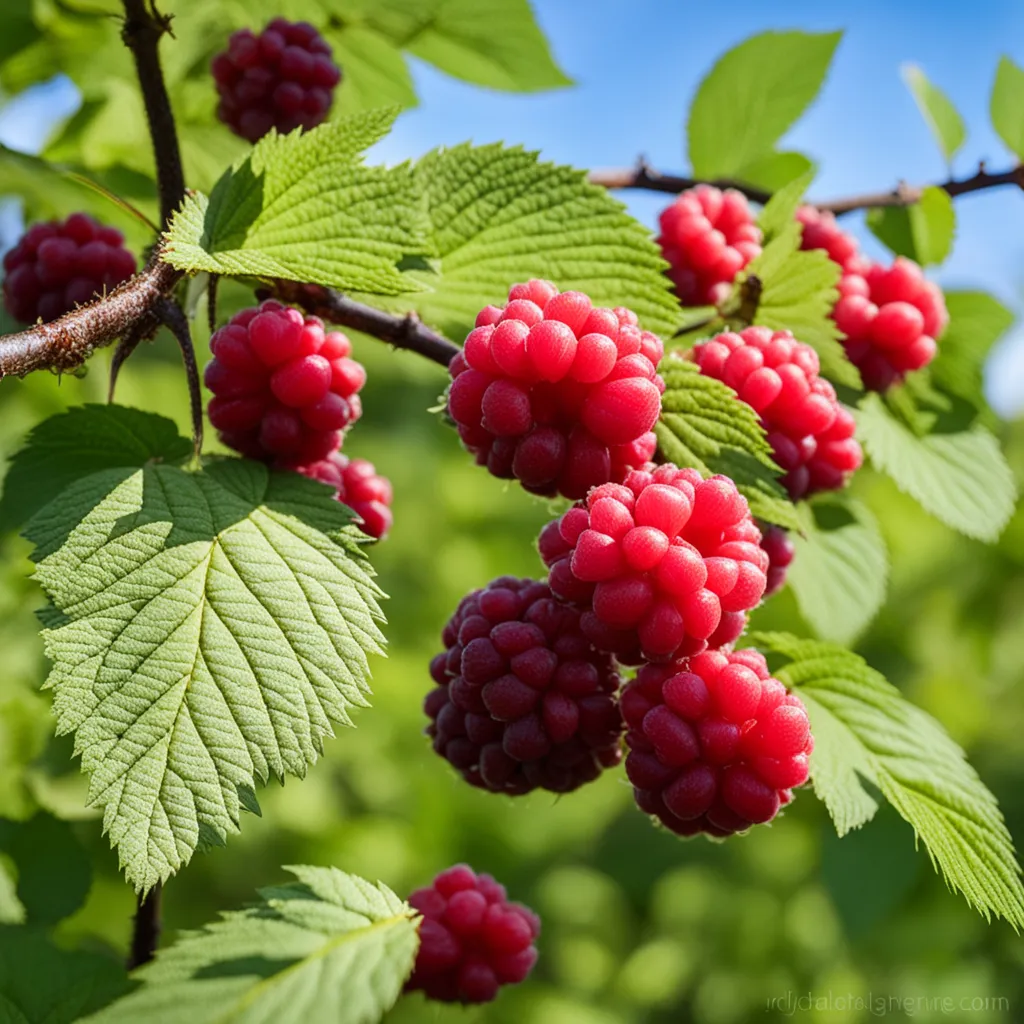How to Prune Raspberries
How to Prune Raspberries
Pruning raspberries is a crucial gardening task that ensures healthy growth and maximizes fruit production. Raspberries come in two types: summer-bearing and everbearing (or fall-bearing), and each requires different pruning techniques. Understanding how and when to prune can significantly impact your raspberry plant's health and yield.

Pruning Summer-Bearing Raspberries
Summer-bearing raspberries produce fruit on the second-year canes, called floricanes.
- Time: Prune in late winter or early spring before new growth begins.
- Process: Remove all weak, diseased, and damaged canes at ground level. Leave the strongest and tallest ones, spacing them about 6 inches apart.
- After Harvesting: Once fruiting is over, cut all canes that have produced fruit to ground level to encourage new growth.
Pruning Everbearing Raspberries
Everbearing raspberries can produce two crops – one in summer and another in fall.
- Time: Like summer-bearing, prune in late winter or early spring.
- Process: For two harvests, cut back only the top third of the canes that fruited in the fall. To get one large fall harvest, cut all canes to the ground in early spring.
- Maintenance: Throughout the growing season, remove any dead or damaged canes.
General Pruning Tips
- Tools: Use sharp, clean pruning shears or loppers.
- Hygiene: Disinfect your tools between plants to prevent the spread of disease.
- Mulching: After pruning, apply a layer of mulch to conserve moisture and suppress weeds.
FAQs About Pruning Raspberries
Question: Why is pruning raspberries important?
Answer: Pruning is essential for maintaining healthy raspberry plants. It encourages new growth, increases sun exposure and air circulation, and helps prevent disease and pest infestations.
Question: How do I differentiate between floricanes and primocanes in raspberries?
Answer: Floricanes are second-year canes that are darker and woodier, while primocanes are first-year growths that are greener and more flexible.
Question: Can I prune raspberry plants in the fall?
Answer: For everbearing raspberries, you can prune in the fall if you prefer a single large harvest the following year. However, for summer-bearing raspberries, pruning in the fall can reduce the next year's yield.
Question: What should I do with the pruned canes?
Answer: Remove the cut canes from the area to prevent any potential disease spread. You can compost healthy canes, but discard any diseased ones.
Conclusion
Proper pruning is a vital aspect of raspberry care. By following the specific guidelines for summer-bearing and everbearing raspberries and adhering to good pruning practices, gardeners can enjoy bountiful and healthy raspberry crops year after year. Regular pruning not only helps in fruit production but also in maintaining the overall health and vitality of the raspberry plants, making it an indispensable part of raspberry cultivation.